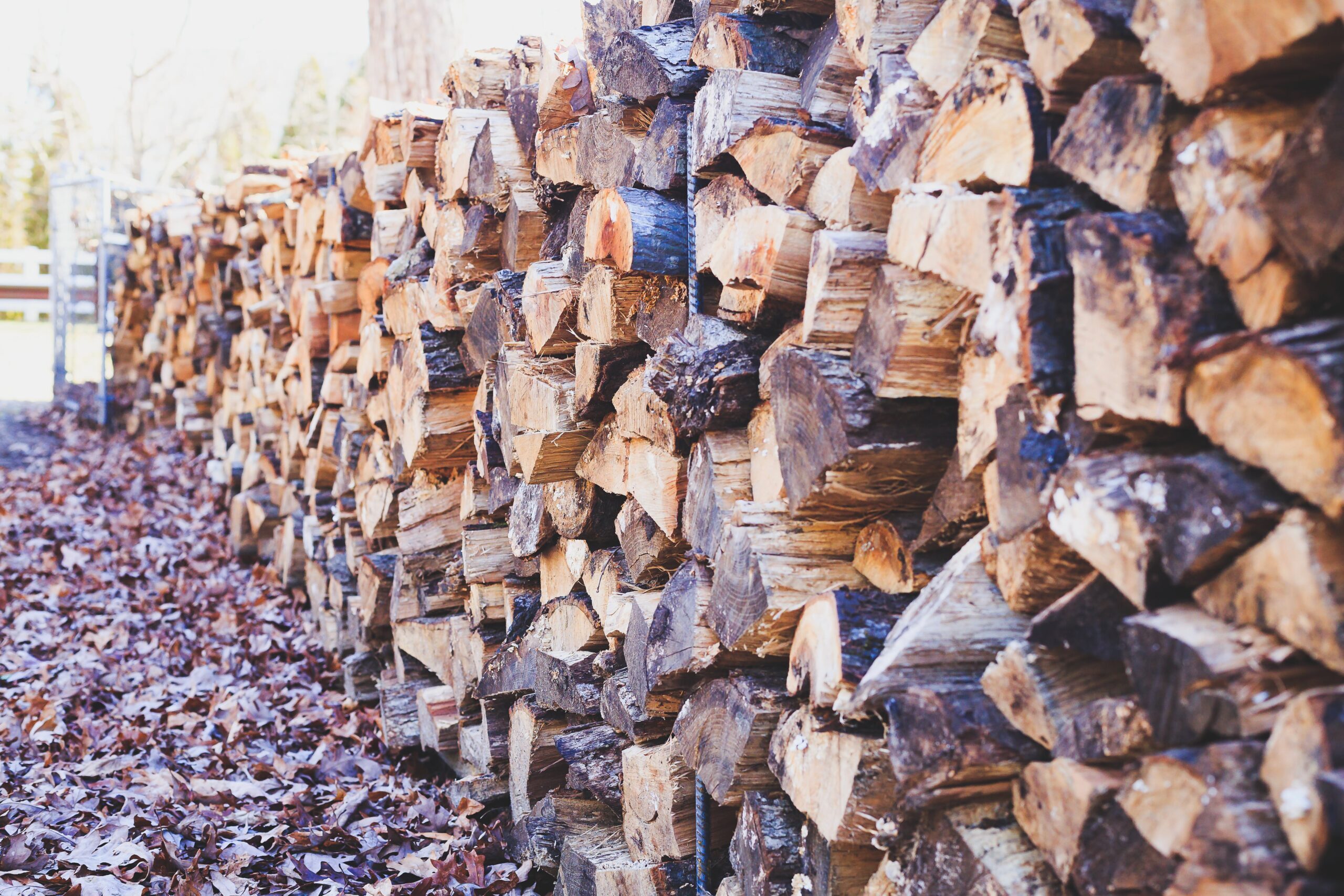
image source: Pexels
If you own a wood-burning fireplace, chances are you already know the work that goes into keeping it burning day after day. Whether your fireplace is for the occasional romantic night at home or for heating your house on a full-time basis, it can require a large amount of cut wood to maintain a consistent temperature.
But how much wood is too much, and how do you know if you don’t have enough? For that matter, how exactly is firewood measured?
Firewood, after all, is not uniform, so every piece varies in weight, length, and width, making it hard to know exactly how much heat you can get out of any given amount. Luckily, there is a system in place for measuring firewood, and it includes estimating how long each set amount will last a given user.
This estimation is called a “cord,” and, as we’ll see, it is an easy and effective way to figure out how much wood you have and how much use you can expect out of it. So, what is a cord and how long does a cord of wood last? Many have asked this same question, and we’re going to provide the best and most accurate answer in the following sections.
The Short Answer: What Is a Cord? How Long Does a Cord of Wood Last?
Mainly, a “cord” of wood refers to a dry volume of product, equaling 128 cubic feet.
As mentioned before, wood is not uniform from piece to piece, so general terms like “well-stacked” and “tightly-stowed” are used to refer to the use of space within that 128 cubic feet. In general, a cord will be four feet high, eight feet wide, and four feet deep, and be stacked so that all the wood pieces are parallel, aligned, and touching.
As for how long a cord of wood lasts, the most accepted answer—barring the many factors we will discuss later— is two months. Now, as we’ll see, that is only a general answer, and there are dozens of ways this number can be affected.
The Long Answer: Factors That Affect a Cord of Wood’s Usefulness
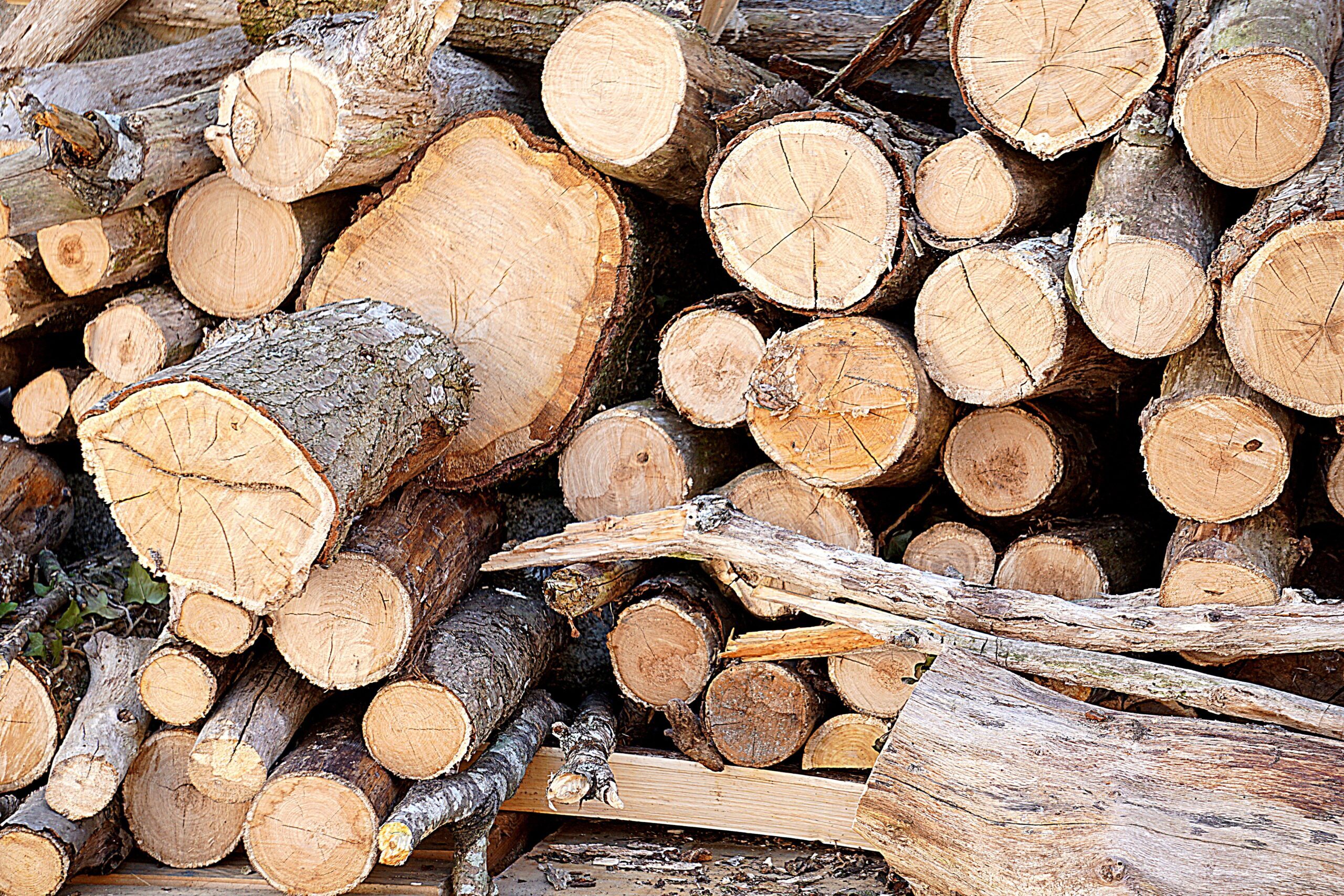
image source: Pexels
We’ve already established that a “cord” of wood is a standardized measurement, which means it is used both by wood suppliers and those who cut their firewood from nearby trees, logs, and other sources.
The measurement of a standard cord is four x eight x four, and assumed that all the wood inside is touching, parallel, and aligned.
However, there are still lots of factors that will affect how much wood is in a given cord, and how long it will last. They include:
- The type of wood
- Packing density
- Split wood vs. whole logs
- The size of the area you plant to heat
- Weather conditions in the area
- If the wood is for heating, cooking, or both
In the following discussion, we’ll touch on each one of these and see if we can provide a more precise answer to the question.
The Type of Wood
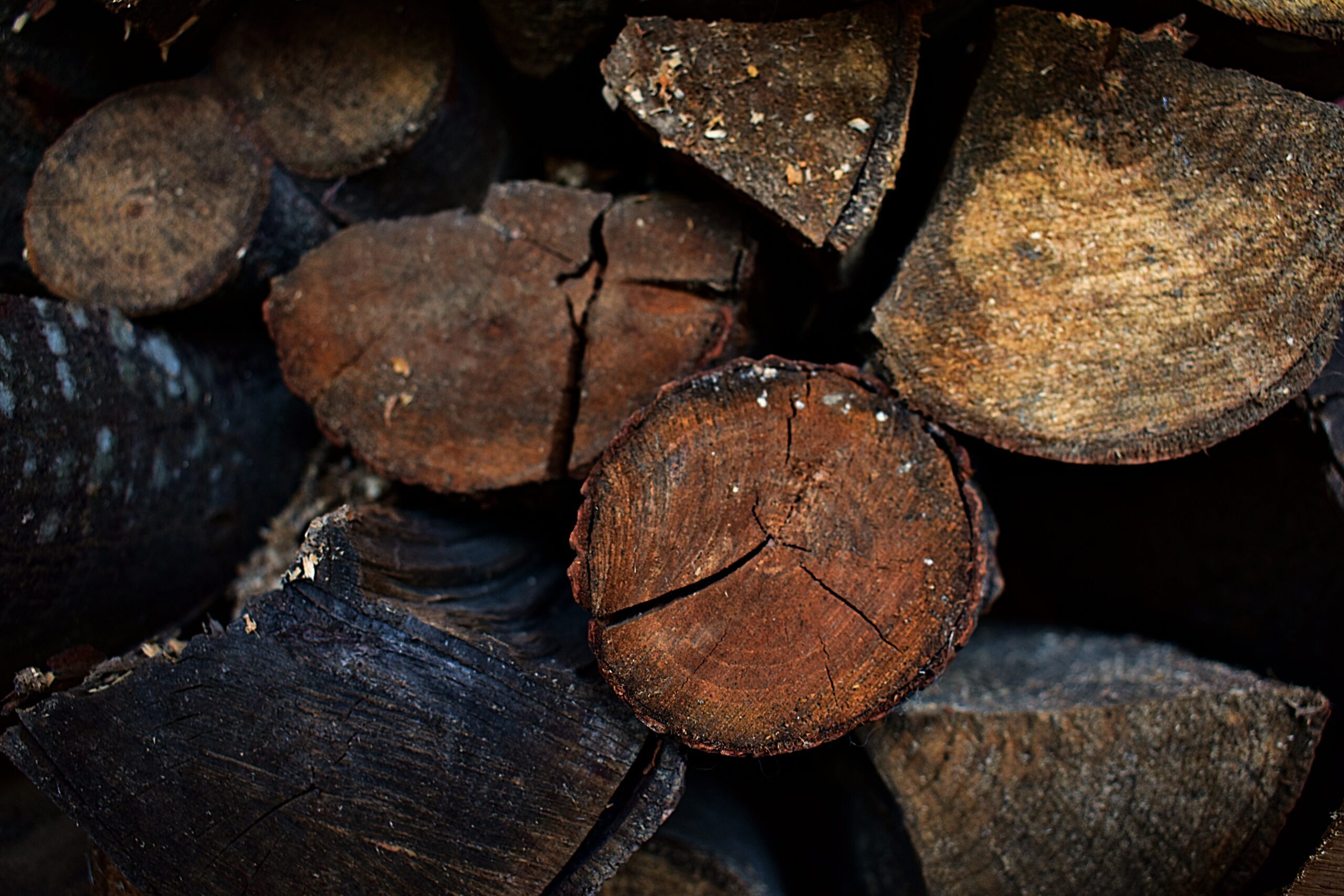
image source: Pexels
There are hundreds of types of wood available for burning, and each one has its pros, cons, and specific uses. From a general standpoint, however, it can be assumed that wood from hard, dense trees will burn more slowly than that from softer trees. On the other hand, softwoods burn hot and fast, providing near instant relief from the cold, whereas hardwood takes longer to get going.
Examples of hardwood include:
- Beech
- Hickory
- Walnut
Examples of softwoods include:
- Cedar
- Red Pine
- Fir
The Packing Density
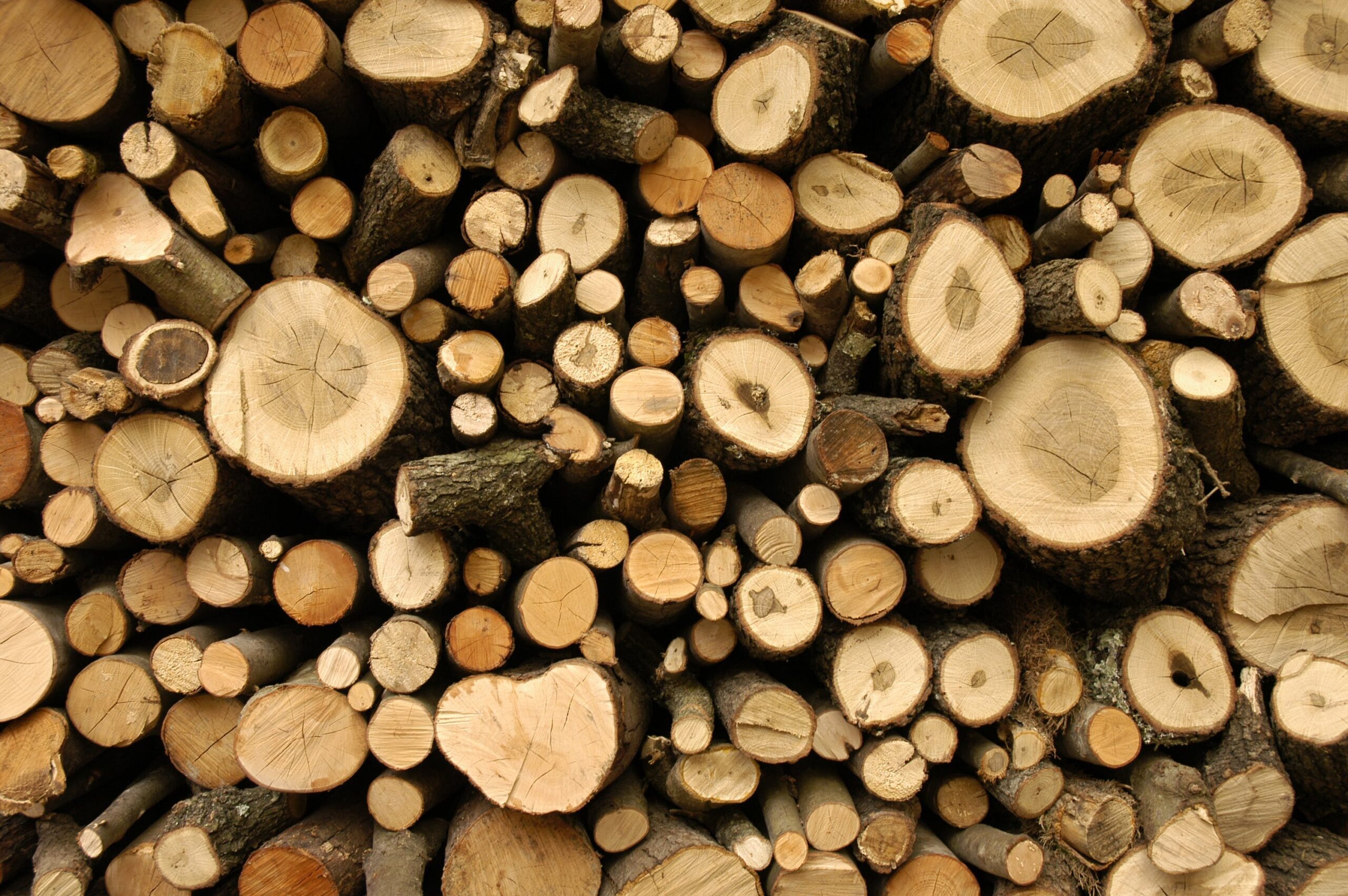
image source: Pexels
Those who live in areas with snow or heavy rain will also have to be sure to cover the wood adequately, as wet wood and dry, seasoned wood provide very different results when it comes time to burn.
Other Important About Cords of Firewood
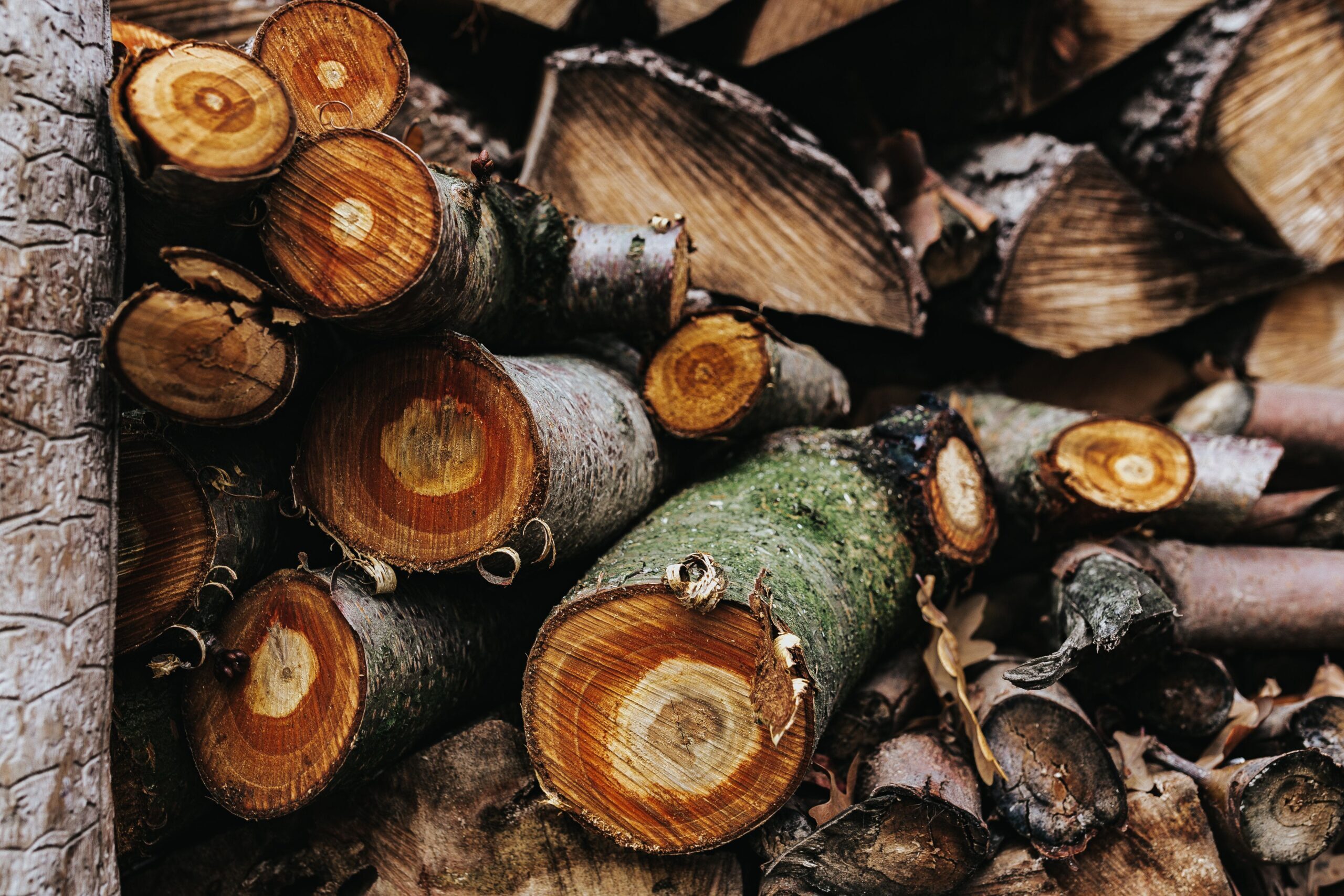
image source: Pexels
If you’re entirely new to firewood, there are a few additional points with which you might want to familiarize yourself. Including:
Proper Seasoning: When one first cuts wood, it boasts a very high water content which can make it extremely hard to ignite. The process of “seasoning” allows this water to evaporate, and allows the firewood to burn more effectively and efficiently. This process, however, can take at least six months, so be sure to inquire about when any wood your buying was cut.
The Storage Site: Where you decide to stack your cord is nearly as important as what type of wood you choose. Not only should the stacking site be convenient, but it should also be relatively dry and covered to protect the seasoning process. Under no circumstances should the wood be stacked against your home, as this could lead to a termite infestation.
Consider Seasoning Yourself: The early bird gets the worm, and those who want to season the wood themselves will often pay a much lower price than those who buy lumber that is already seasoned. Just be sure to purchase wood at least six months ahead of the time you’ll need it, and to keep it adequately covered throughout the entire drying process.
Expiration Dates: There is a point where wood will become too dry and too brittle to use. At this time, it’s best to discard it instead of wasting energy burning it. In general, that happens roughly four to five years after cutting the wood. If you do manage to have it for this long, it is best simply to chip it down for mulch or ground cover.
Conclusion
So, how long does a cord of wood last?
Unfortunately, there can’t be a simple, perfect answer. However, if you consider the above factors and do some rough trial and error, it should be relatively easy to estimate your monthly wood needs and then translate that into a required stockpile. Once you get some experience, adjustments can be made from year to year, depending on the factors that affect you most.
If there’s no time to perform this sort of evaluation, it’s fair to estimate that one well-stacked cord of hard firewood heating a small house will last approximately two months. From this estimate, newcomers have a reliable place to begin and the most basic information they need to stay warm throughout the winter.